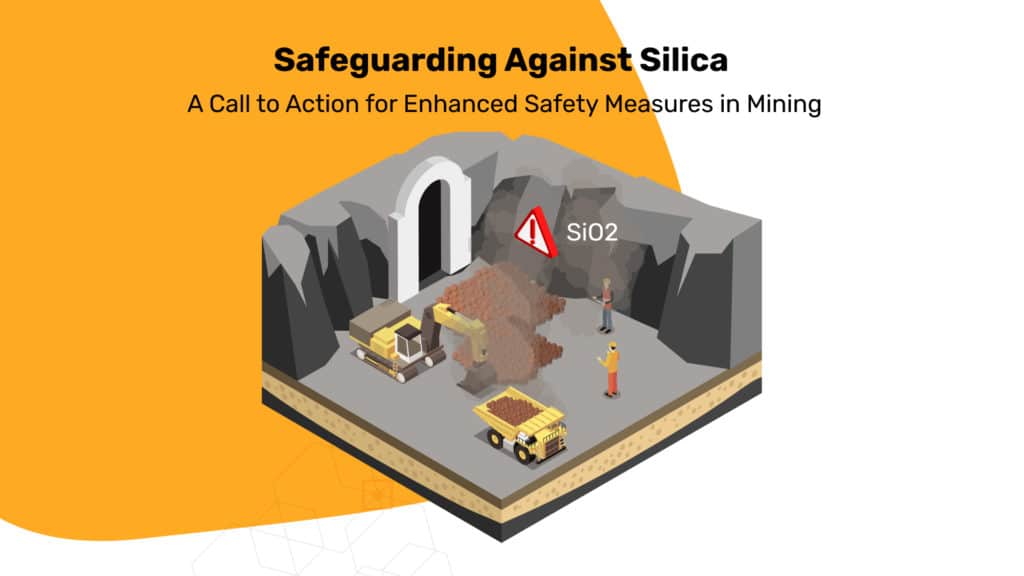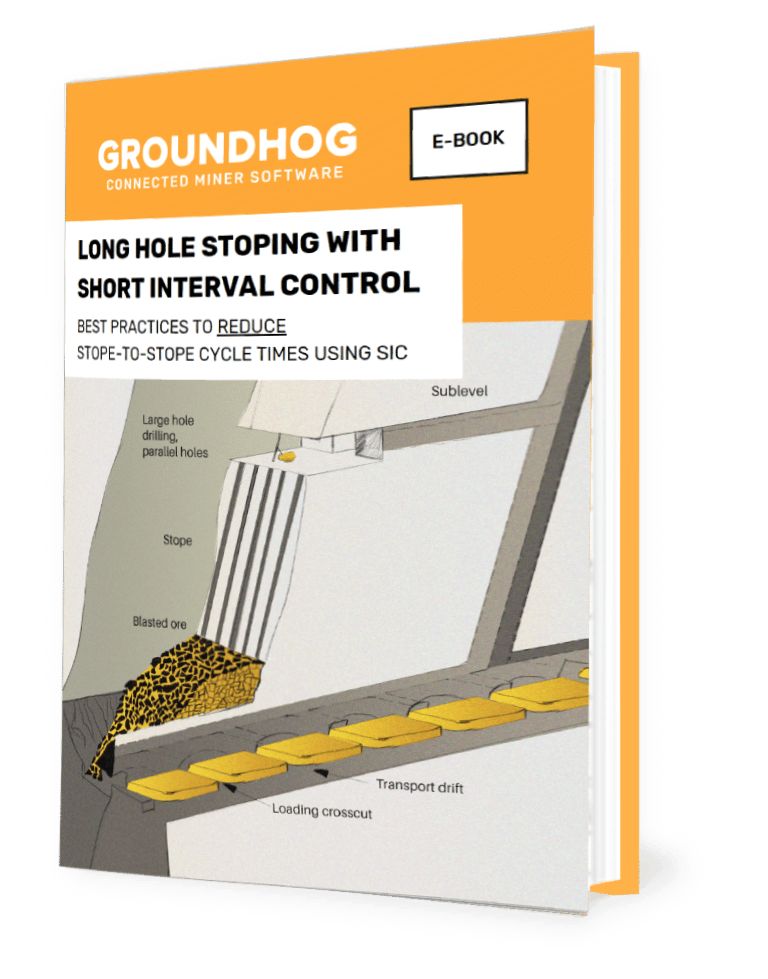
In March of 1930, a massive construction project began near Gauley Bridge, WV, to drive a 3.8-mile-long tunnel underneath Gauley Mountain to divert the New River to a newly built hydroelectric dam. The hydroelectric dam was built to supply a large steel mill in nearby Alloy, WV, with cheap electricity. The tunnel was completed in December of 1931 and was named the Hawks Next Tunnel. This project ultimately became one of the worst industrial disasters in US history because it turned out that the rock underneath Gauley Mountain is 99.94% pure silica.
The Hawks Nest Tunnel project began during the Great Depression, and because of the scarcity of jobs, thousands of workers from all over the country traveled to Gauley Mountain for work. It is estimated that as many as 5,000 workers worked on the tunnel, but the conditions underground were so terrible that most only lasted a month or two. The workers drilled using air with little to no water to suppress the dust and little to no ventilation. To make things even worse, when the steel mill learned about the high concentrations of silica in the rock, the tunnel was enlarged to produce even more silica, which is needed in steel production. The locals called the workers “tunnel ghosts” because, at the end of their shift, they were white from head to foot with fine silica dust.
So, what is silica? Silica is a natural substance found all throughout the earth’s crust, but its most common form is quartz. Silica is harmless until it is broken up into airborne particles which are 100 times smaller than the grains of sand on a beach. Once airborne, silica has the potential to enter the lungs and cause Silicosis, cancer and even kidney failure. Silica was first identified as a respiratory hazard in the late 1920s and then in 1930 the International Labor Office, which was part of the League of Nations (an earlier version of today’s United Nations), organized a conference in South Africa solely to discuss the hazards of silica exposure and how to keep workers safe by using respirators.
What makes the Hawks Nest Tunnel even more of a tragedy was that the hazards of silica were known, and the project had respirators available. However, they were only issued to the supervisors for when they would inspect the tunnel once or twice a week. Those working in the tunnel day in and day out used bandanas or wet rags to try to protect themselves from the dust. A “long term” worker on the Hawks Nest Tunnel was someone who worked 15-16 weeks. Of the roughly 1,200 of these “long term” workers, approximately 500 died within 5 years of acute silicosis or “tunellitis” as many of the doctors at the time called it. The truth is that the real number of silicosis deaths will never be known.
Silicosis is caused when silica dust enters the lungs and causes scar tissue to form and fluid to buildup reducing the lungs ability to function. Once the lungs are scarred, they can never recover, and it becomes increasingly difficult to breathe. The symptoms of Silicosis are: coughing, weight loss and fatigue. There are three types of Silicosis: Acute, Accelerated and Chronic. Acute Silicosis symptoms could potentially appear in less than a year. Accelerated Silicosis can occur within 10 years of first exposure and Chronic Silicosis appears between 10 and 30 years. If roughly 500 workers of the 5,000 total who worked on the project died in less than 5 years from acute silicosis, how many of the 5,000 died decades later of Accelerated or Chronic Silicosis? Most likely many hundreds more.
When OSHA was formed in 1971, the silica Permissible Exposure Limit (PEL) was established at 250 μg/m3 per 8 hours. When MSHA was formed in 1977 the PEL for miners in Metal/Nonmetal mines was set at 100 μg/m3. The Permissible Exposure Limit (PEL) is the legal limit for employee exposure to a chemical or physical agent over an eight-hour shift. So what does μg/m3 mean? It means micrograms per cubic meter of air. In this case, the PEL for metal/nonmetal mines was 100 micrograms of silica in a section of air that is one meter tall, one meter long and one meter wide. A good way to visualize this is by thinking about a packet of sugar. A typical packet of sugar is one gram and has roughly 4500 grains of sugar. Each grain of sugar is approximately 700 micrograms. So, one piece of silica the size of one grain of sugar would be 7 times the PEL for silica over 8 hours or work.
In 2016 OSHA updated their standard and established the Action Level for silica at 25 μg/m3 per 8 hours and lowered the Permissible Exposure Limit (PEL) to 50 μg/m3 per 8 hours. On June 30th of this year MSHA proposed lowering the PEL for both metal/nonmetal mines and coal mines to 50 μg/m3 with an action level at 25 μg/m3 . This would mean that workers both in OSHA and MSHA would have the same protection from silica. MSHA would require baseline sampling to determine a miner’s exposure and then periodic sampling if the miner’s exposure exceeds the action level of 25 μg/m3. In addition, there would be required medical surveillance such as chest x rays and spirometry.
While the OSHA silica PEL has been the law for the past seven years, the MSHA rule is not final. As of the writing of this article (November 2023), the comment period for the proposed MSHA rule has ended and the comments from industry are being reviewed. There are many potential issues that need to be addressed: from the high monetary cost of compliance to the need for many more labs to analyze dust samples. This, however, does not mean that the hazards of silica are being debated. Regardless of how the MSHA rule is written, we need to recognize the silica hazard for what it is and put controls in place to keep our crews safe. Use engineering controls to reduce silica exposure whenever possible and train our miners on using their respiratory protection. If you go to Mt. Lookout, WV today off Highway 19 there is a memorial to the hundreds of victims of the Hawks Nest Tunnel tragedy of 1930. Let’s learn from what happened back then and protect our people from the dangers of silica today.
A Safety Training System commonly used in mines is GroundHogLMS.com
You can also read more about Safety at mines at: https://groundhogapps.com/mining-safety-lms/
About the Author: John Fowler
John Fowler is a Certified Safety Professional and a Certified Mine Safety Professional who has worked on projects ranging from offshore oil/gas platforms in Alaska to both surface and underground mines in the western US. You can contact John at: john.m.fowler@gmail.com.


